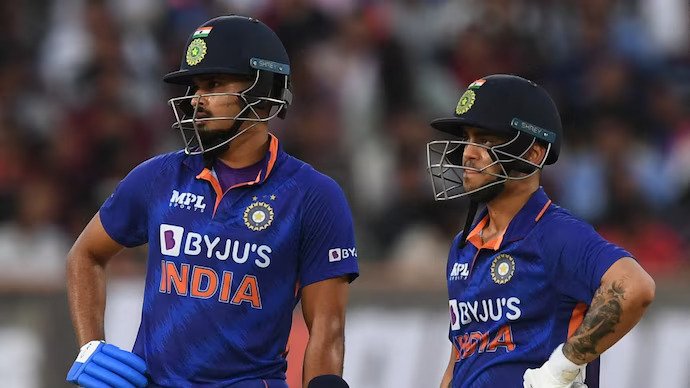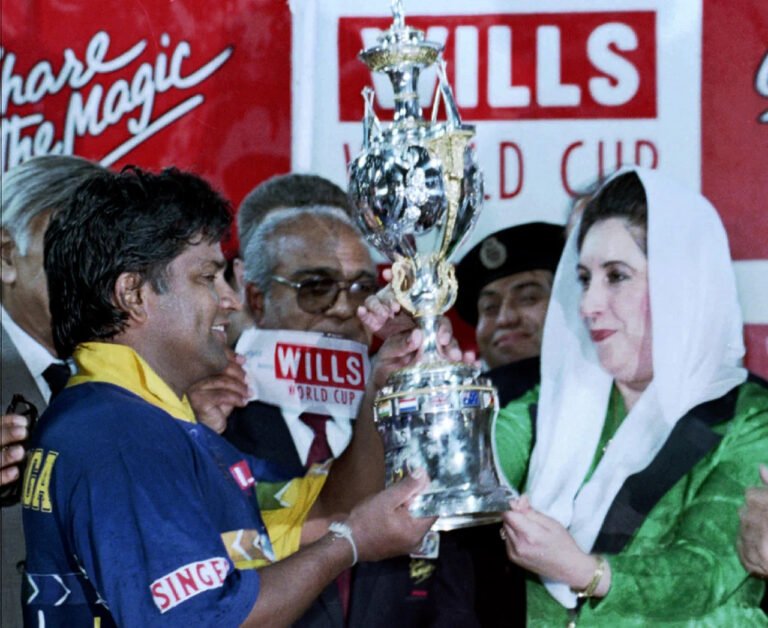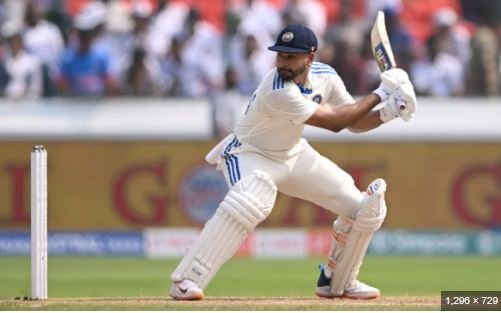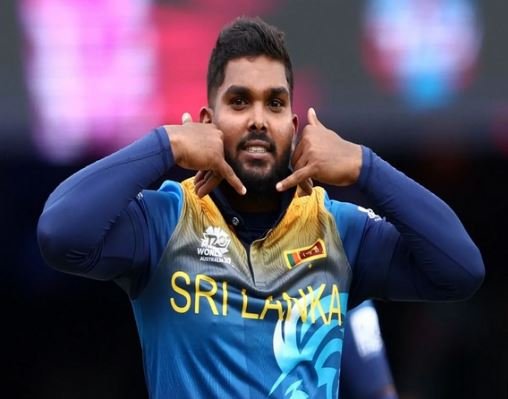India Takes 2-1 Series Lead with Victory over Zimbabwe as Fielding Errors Prove Costly
India defeated Zimbabwe in the 3rd T20I by 23 runs to take 2-1 lead in the five match series.
Although Madande and Myers plan a comeback for Zimbabwe, they are overburdened by the country’s top-order breakdown. The iconic anchor was played by Shubman Gill. The disruptor at number four is Ruturaj Gaikwad. And Sundar of Washington demonstrated that basic offspin may be seductive.
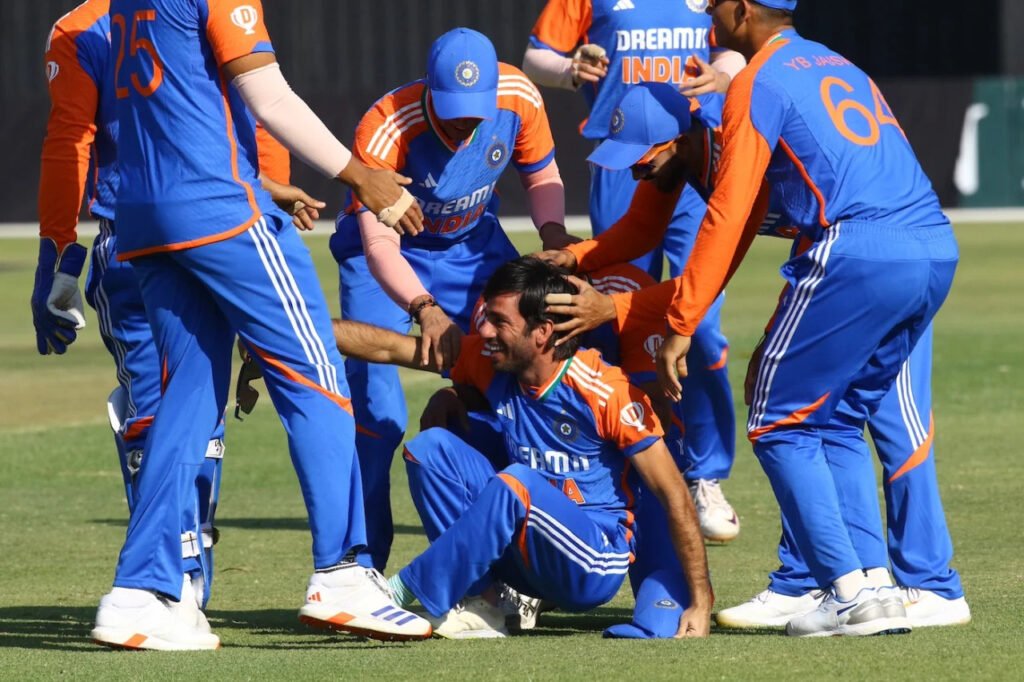
Zimbabwe 159 for 6 (Myers 65*, Madande 37, Washington 3-15, Avesh 2-39) lost to India India 182 for 4 (Gill 66, Gaikwad 49, Jaiswal 36, Raza 2-24, Muzarabani 2-25) by 23 runs.
In the end, India’s 23-run victory in the third game to take a 2-1 lead was a significant step towards winning the five-match Twenty20 International series against Zimbabwe.
India reached 182 for 4 thanks to a 28-ball 49 from Gaikwad after Gill opened the batting with a 49-ball 66. His partner Yashasvi Jaiswal then smashed 36 from 27. Washington then put an end to any hopes of a Zimbabwean comeback by taking three wickets for 15 runs, including two in his opening over.
Thanks to a terrific half-century from Dion Myers—his first in Twenty20 internationals—and his 77-run partnership with Clive Madande, Zimbabwe was able to postpone the inevitable.
Three members of India’s T20 World Cup-winning team returned, which necessitated a shift in their strategy. When India has played without Rohit Sharma and Virat Kohli, Jaiswal has been the starting opener, and he took Gill’s place at the top. As a result, Gaikwad and Abhishek Sharma, who had just scored his first century in an international match, were forced to bat out of position at Nos. 3 and 4.
In the first over, Jaiswal scored two fours and a six. Gill carried on in the subsequent over. India scored 29 runs in two overs and 49 in four overs. Afterwards, Blessing Muzarabani was able to bowl on a two-paced surface by finding his length and pace. Sikandar Raza’s spin was difficult to refute. And India staggered to 67 for 0 at the conclusion of eight overs, having started the innings at 54 for 0. It resulted in Jaiswal’s termination due to an error in the switch hit to backward point.
In the eleventh over, Abhishek’s brief presence in the middle brought Gill and Gaikwad together. India changed tactics thanks to Wessly Madhevere’s lone over, which came in the 13th over of the innings. Gaikwad smacked the legspinner for a four and a six after Gill had already hit him for a six. Even against speed, Gaikwad frequently used his feet to take Tendai Chatara and later Richard Ngarava—who came in for Luke Jongwe in the Zimbabwe XI—off their lengths.
As India’s T20I captain, Gill quickly reached his first fifty runs in 36 balls. However, India were in danger of ending with a below-par score when they were 130 for 2 after 16. This was despite a deep batting order, with Washington being carded in at No. 8.
At that point, they were lifted by an 18-run over from Raza, which included four byes and sixes from Gill and Gaikwad. But in the eighteenth minute, Gill was overwhelmed by the extra bounce on the surface as he attempted to loft Muzarabani over the covers but misjudged it, allowing Raza to track back. Gaikwad managed to land a few hard blows, but came up short of fifty.
Also Read: India Wins A Nail-Biting Thriller Against South Africa to Win The ICC T20 World Cup 2024
India finished on 182, not at all below average. India had reached that point thanks to two half-centuries – 67 off 50 from Gill and Jaiswal, and 72 off 44 from Gill and Gaikwad – and Jaiswal thought it was sufficient at the end of the innings. They were helped by numerous misfields, two lost catches (one by Gaikwad and one by Jaiswal), and a few wasted half-chances.
Little did Zimbabwe realize that Chatara’s inability to get a hand to Jaiswal’s draw in the opening over was a portent of things to come. The ball landed short of Myers, who was rushing in from midwicket, in the following over because he was a little slow to react to a top edge from Gill. Gaikwad and Jaiswal both got reprieves. A couple close calls were made. India got off to a quick start despite facing 22 dots in the powerplay since the majority of the on-field errors were regulation attempts. Ball-by-ball statistics from ESPNcricinfo show that India gained 31 runs overall. In the end, the victory margin was only 23.

At the front of the order, Innocent Kaia, who had a split webbing, was replaced by Tadiwanashe Marumani, who got off to an interesting start. In the first over, Khaleel Ahmed (in place of Mukesh Kumar) bowled him two fours, but he fell while attempting to duplicate the feat in the next over. On the other end, Avesh Khan first got rid of Madhevere after he patted one to short cover, and then he got rid of Brian Bennett after Ravi Bishnoi made an incredible flying catch at backward point.
The writing appeared to be on the wall when Raza swung over the line to hole out to deep square-leg off Washington’s second ball. Four balls later, from Washington, substitute fielder Riyan Parag dismissed Jonathan Campbell with a brilliant catch at slip, making things better for India and worse for Zimbabwe.
However, Myers and Madande had different ideas. India lacked bowling depth as a result of their determination to accommodate every player who returned from the T20 World Cup. Consequently, Abhishek and Shivam Dube had to share four overs in the bowl. Myers and Madande didn’t let them relax and hammered a combined six fours and two sixes off them. Those four overs cost India 50. They did not incur any costs that day because of the early breakthroughs.

